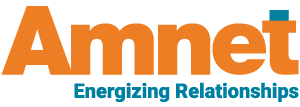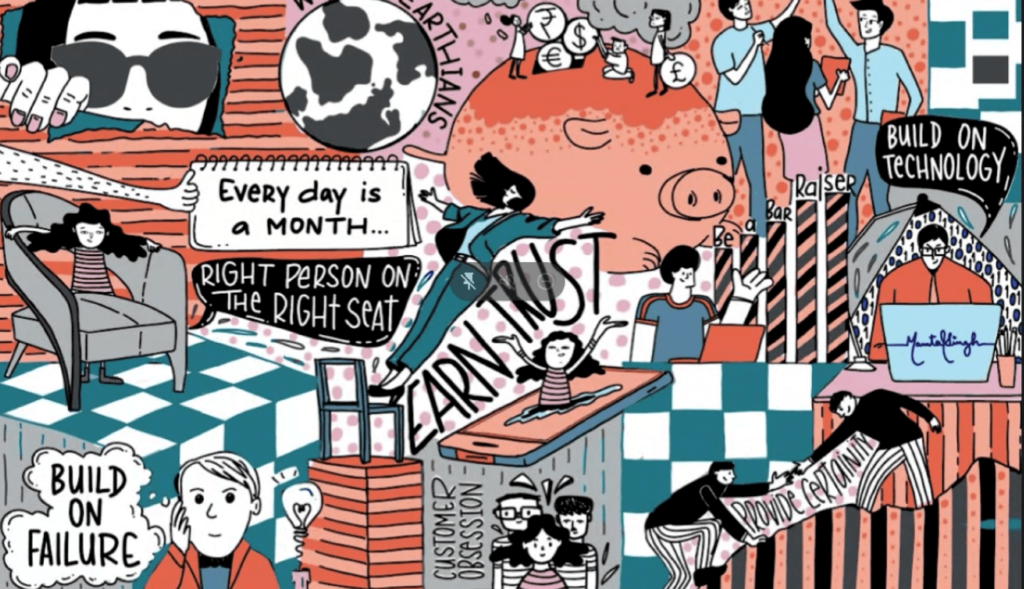There’s a growing shift toward accessible digital content. This comes with the added requirement to meet compliance standards. XML supports accessibility by giving content a clear and consistent structure. Publishers can add accurate tags and define how users move through the material. How does XML manage to stay compliant and accessible? We take a look.
Understanding the Standards: Section 508 and WCAG 2.2
Section 508 makes it easy for digital content to be accessible to all people. The standards set in it mandate that all US federal content online be open for everyone to access without hassle. People with disabilities too should be able to visit and view websites, documents, and online information.
The web content accessibility guidelines (WCAG 2.2) helps to ensure this inclusive movement. As a global framework, developed by the W3C, it focuses on updates that close the gap between access and content. WCAG 2.2 brings ease, simplicity, and fluidity to online content. It ensures that these features are reflected on assistive devices too.
Since 2023, all federal digital content has been required to meet WCAG 2.2 Level A and Level AA. This means digital content should include keyboard access, screen reader support, and clear navigation.
Why XML Is Foundational to Accessibility
Thanks to XML, content can be well structured and understood more easily by braille displays, assistive devices, and screen readers, making such content easily accessible to people with disabilities.
One more advantage is that XML can be used on many devices and lets you split content from its appearance, so the same material can be viewed in HTML, EPUB, and PDF formats. This meets the Section 508 guideline that assistive technologies should work together. Organizations offering XML conversion services and digital accessibility solutions frequently rely on this flexibility to ensure long-term content usability.
XML in Action: Accessible Educational Content
Leading digital content development companies and top instructional design companies now integrate XML workflows to create accessible learning materials for K–12 and higher education.
Amnet, a trusted accessibility and content transformation partner, plays a crucial role in this ecosystem. Amnet uses XML-first workflows to produce content that is accessible from the start. This includes outputs in EPUB, HTML, and PDF/UA. Section 508 and WCAG 2.2 standards are complied with through our unified content framework (UCF) and Smartflow tools. They automate tagging, apply metadata, and check compliance.
As a Benetech-certified vendor, Amnet supports publishers, academic institutions, and federal agencies in delivering inclusive digital experiences.
To help government bodies meet Section 508 rules, the US Access Board requires all information and communication technology (ICT) companies to follow WCAG 2.2. This includes meeting Level A and Level AA success criteria as well as all the conformance requirements defined in WCAG 2.0.
In education and digital publishing, accessibility is no longer optional. XML is the link between technical compliance and a smoother user experience. Whether it’s interactive lessons, scholarly articles, or online training, XML helps content creators meet high accessibility standards, now and in the future.Get in touch with our expert team today.
Source



